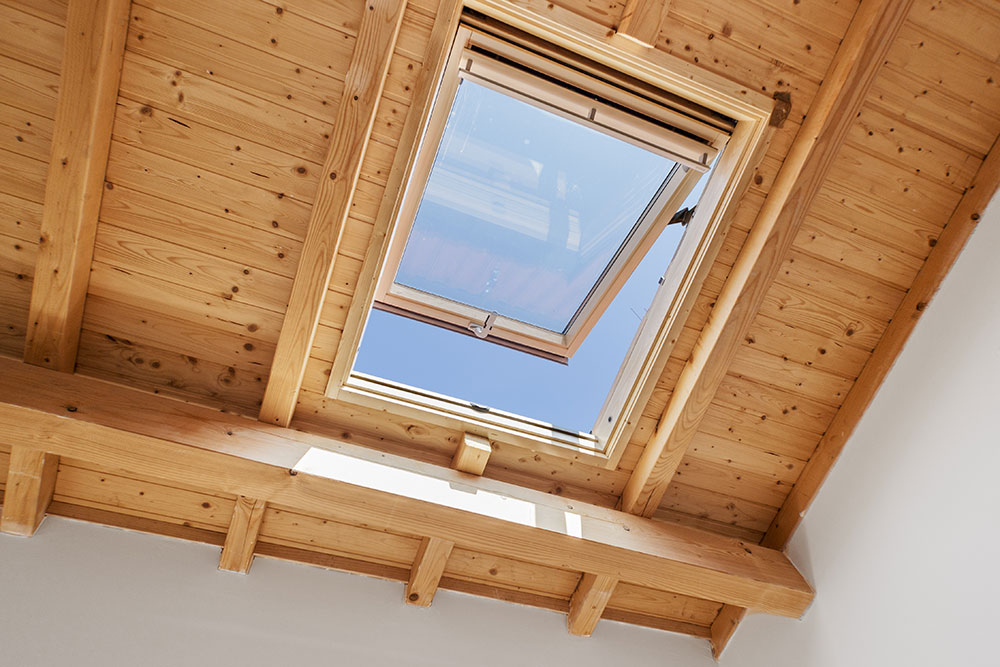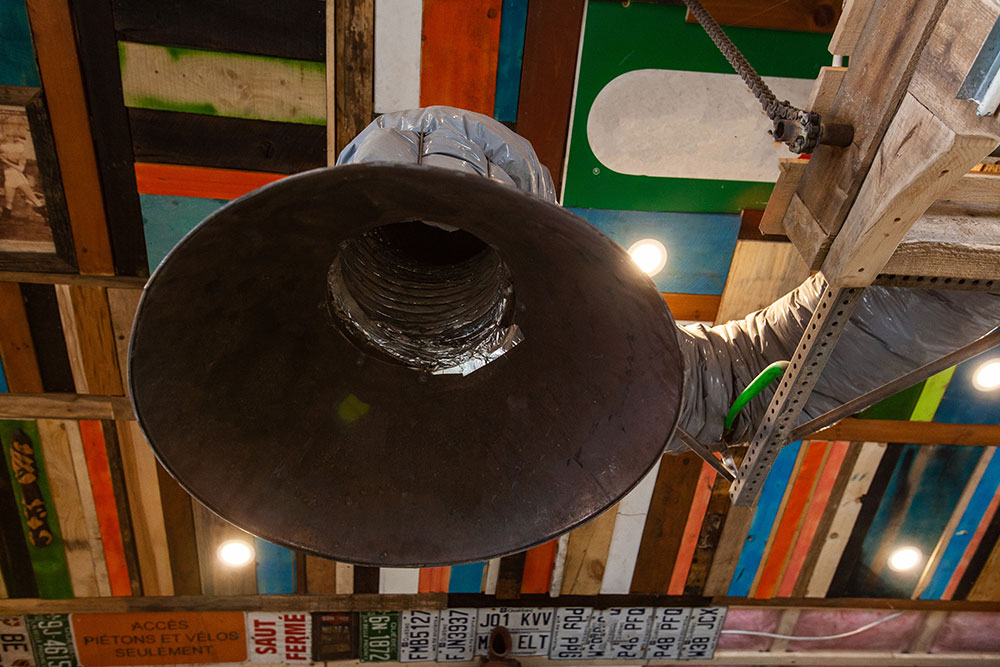Advertisement
Are you thinking about designing your own workshop? The first thing to think about is what space you’re going to use. Sheds or garages are great places to set up a workshop, especially for woodwork which can get pretty loud and very messy. Here are some great tips and ideas to get you started:
- Dust collection
Every workshop needs a dust collection system. Nasty dust particles can float around in the air when you’re working. They may seem harmless, but they can contribute to lung problems. The best way to combat this is to stop it at the source. A dust collection system is made up of ducts and pipes that lead from the power tools themselves into the dust collector. You should factor your dust collector into the design of your workspace so that all the ducts can be fastened into place and not become hazardous.
- Layout
Optimize the space. It doesn’t necessarily matter how big the space is, but it’s how you set it up to use it. Try and use the triangle rule a lot of designers use for kitchens. You should be able to reach each point of the triangle (in your kitchen the points represent your sink, your oven and your fridge) within a couple of steps each way. You might replace these points with your main workbench, your table saw, and your jointer. The most used tools in many sheds after all are table saws, drop saws, and benchtop jointers.
- Electrical
Set up an electrical unit for your shed. If you’re going to be using a few different power tools, it might be a good idea to have an electrician install a power unit just for your shed. You’ll also want to have an electric unit that is scalable. This means you’ll need to have enough power to run your machines, some of which may need up to 220-volts each.
- Lighting

Windows, sky lights, and the right lightbulbs are going to be extremely helpful in making your workspace the best possible woodworking shed ever. When you’re spending hours creating something that takes precision, you’re not going to want your eyes to feel tired or strained. During the day, you should utilize as much natural light as you possibly can. If your space doesn’t have many windows, you can simply install some yourself. Or you can even install a skylight to let in even more natural light. Try and stay away from poorly manufactured fluorescent lights that can make your eyes tired or that are too different from natural lighting.
- Storage space
Using closed storage cabinets or tool chests will help to keep your tools organized and clean. Open shelving might seem easier, but when it comes to cleaning up and keeping your shed in order, you’ll most likely find that being able to enclose your tools will keep unwanted dust off. Also, when the doors are closed and all of your tools and accessories are safely inside, you can use a leaf blower to clean out the space after use, and you won’t have to worry about accidently breaking something. Closing away your tools will help your workshop to look clutter-free.
- Work bench
Buy or design work bench that is optimized for storage and your height. Having a work bench that can house things like tools and materials is a great space saver. Finding a workbench that is the right height for you is going to be your saving grace in the long run. You don’t want to worry about the strain in constantly stooping over a bench that’s too small is going to put on your knees and back. You want to be able to spend your time working on your projects and not need a chiropractor just to be able to use your woodworking shed.
- Accessibility
There are some things you might not even think about when it comes to building your work shed, like needing to get in and out of it hassle-free. Things like roller doors or doors that are made to stay open are going to help if you need to bring large materials in and out of your shed. You can install a roller door or a garage door into your shed or workshop, or use hooks, door stops or wall fasteners to keep your door open when needed.
Now you’re ready
You’ve taken all of these things into consideration, and now you’re ready to get started. Remember to think about the layout and accessibility as well as dust collection, storage, and your work bench. Factor in wall space for any new windows to be added to utilize natural light, and you’re going to have the best woodworking shed on the block.

